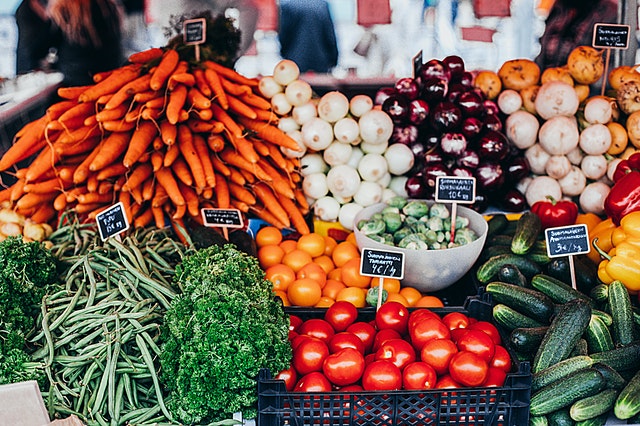
Commodities | Monetary Policy & Inflation | Rates | US

Commodities | Monetary Policy & Inflation | Rates | US
Prices of the three major grains – soyabeans, wheat and corn – have risen strongly this year (Chart 1). There are several factors involved, but highly unusual global weather patterns are not among them. Rather, there have been some production, transport and processing bottlenecks related to the lockdowns, as well as idiosyncratic factors.
While grains prices naturally spike on occasion due to the vagaries of weather across the major growing regions, it is rare for all three to rise by double-digits simultaneously. Yet this is precisely what has happened in recent months. Wheat and corn prices are up some 12% y/y, and soyabeans are up over 30%, the largest such rise since 2016. Grains are a major source of nutrition (and soyabeans of protein too) for much of the world. As such, if this rise is sustained for a full season or more, it will likely place upward pressure on food prices generally.
This article is only available to Macro Hive subscribers. Sign-up to receive world-class macro analysis with a daily curated newsletter, podcast, original content from award-winning researchers, cross market strategy, equity insights, trade ideas, crypto flow frameworks, academic paper summaries, explanation and analysis of market-moving events, community investor chat room, and more.
Prices of the three major grains – soyabeans, wheat and corn – have risen strongly this year (Chart 1). There are several factors involved, but highly unusual global weather patterns are not among them. Rather, there have been some production, transport and processing bottlenecks related to the lockdowns, as well as idiosyncratic factors.
While grains prices naturally spike on occasion due to the vagaries of weather across the major growing regions, it is rare for all three to rise by double-digits simultaneously. Yet this is precisely what has happened in recent months. Wheat and corn prices are up some 12% y/y, and soyabeans are up over 30%, the largest such rise since 2016. Grains are a major source of nutrition (and soyabeans of protein too) for much of the world. As such, if this rise is sustained for a full season or more, it will likely place upward pressure on food prices generally.
Food prices deserve special consideration for their potential impact on the overall level of price inflation. While food represents only a small part of the developed world’s respective official inflation baskets, it takes a large share of those in the developing world, where much of the world’s manufacturing infrastructure and workers are now located. Should food prices rise enough, and for a sustained period, those workers are going to demand higher wages. In turn, higher manufacturing costs are going to be at least partially pushed through to increased prices for exports to the developed world.
Placed alongside the recent recovery in energy prices, this could be a recipe for sharply higher inflation in 2021. The base effect of the lockdown plunge in energy prices will roll off early next year, and oil prices are already more than 30% off their lockdown lows.
It is debatable to what extent a combined food and energy shock, including the possible pressure on developing world manufacturing export prices, would have on core rates of inflation and central bank policy. However, breakevens would almost certainly have to take notice. As it stands now, US breakevens are close to their levels from early this year, before the Covid scare and associated lockdowns arrived on the scene (Chart 2). That seems increasingly inconsistent with recent food and energy price developments.
Were food and energy price effects to drive headline inflation sharply higher in 2021, central banks would most probably dismiss these effects as temporary and, perhaps, even welcome them. Such rhetoric, however, could encourage speculators to become more aggressive in playing for even higher breakevens than implied by food and energy price developments alone.
In any case, from the current starting point, the outlook for breakevens appears asymmetric to the upside and so an attractive risk/reward proposition.
Spring sale - Prime Membership only £3 for 3 months! Get trade ideas and macro insights now
Your subscription has been successfully canceled.
Discount Applied - Your subscription has now updated with Coupon and from next payment Discount will be applied.